New to the NLIS? Start here!
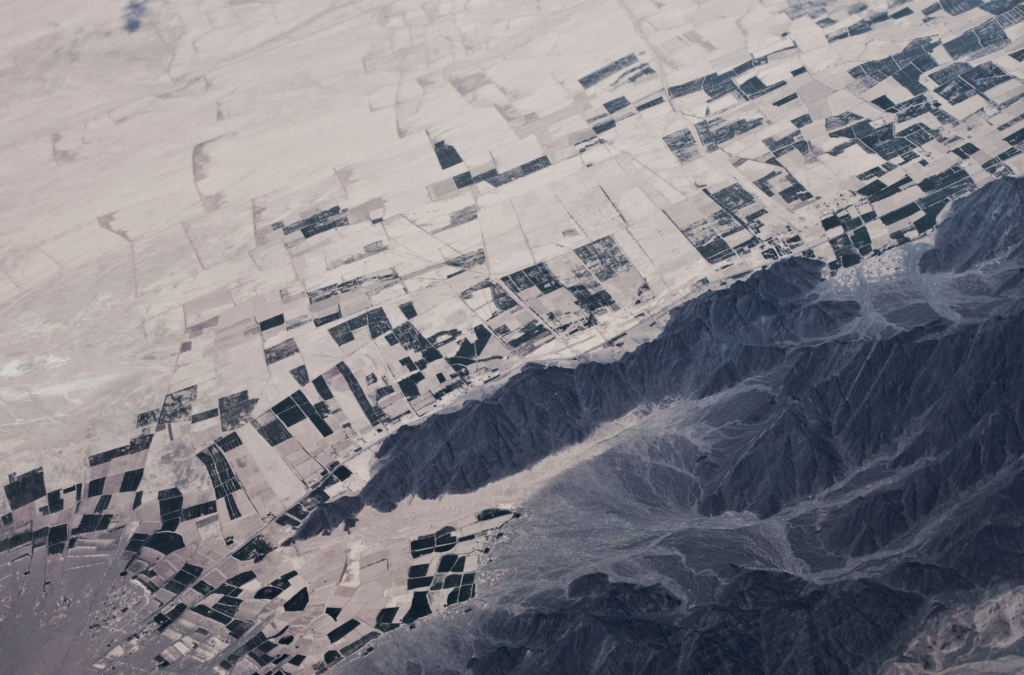
The Native Lands Advocacy Project (NLAP) compiles, consolidates, and visualizes data resources to support sovereign, sustainable, Native-led land planning and protection.
We Remain Committed to Empowering Tribal Self-Determination & Data Sovereignty

The Native Lands Advocacy Project (NLAP) was founded in 2019 to provide much-needed data support to Native American communities. As a project of the nonprofit Village Earth, NLAP is inspired and guided by 30+ years of grassroots work in direct support of communities’ needs. Since NLAP’s inception, our work has been guided by the needs […]
Announcing NLAP’s New Sponsorship Program

The Native Lands Advocacy Project (NLAP) is pleased to announce our new Sponsorship Program, which allows organizations to pledge funds on an annual basis to support the work we do on behalf of Native peoples. NLAP has historically been supported through grants and generous donations by individuals who recognize the value of our work. We […]
Introducing Our New Storymap: Energy Sovereignty in Indian Country
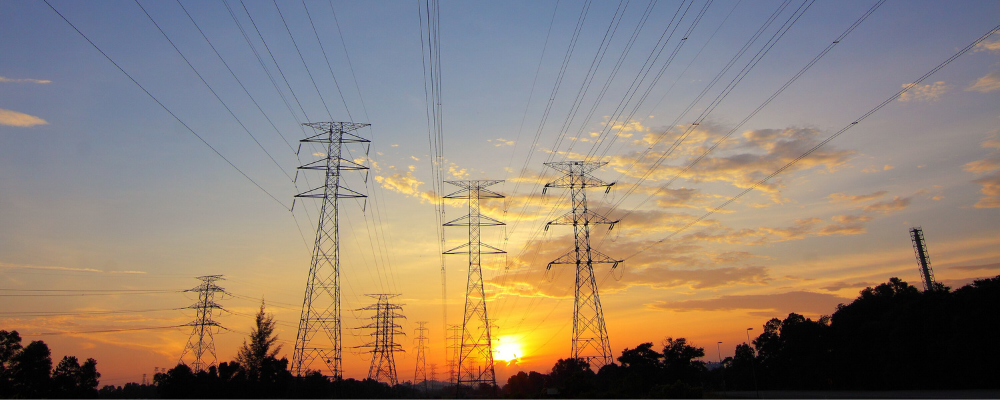
Learn about three new data tools that allow users to access relevant data about federal investments in Indian Country.
Understanding Wind Speed on Native Lands

Wind plays a significant role in shaping ecosystems, affecting infrastructure planning, and in overall renewable energy potential. Recognizing this, the Native Lands Advocacy Project (NLAP) developed an Average Wind Speed data dashboard as part of our Climate Data Portal for U.S. Native Lands. Read on to learn more about this dashboard and explore two potential […]
Reservations Experience Disproportionate Levels of Credit Insecurity
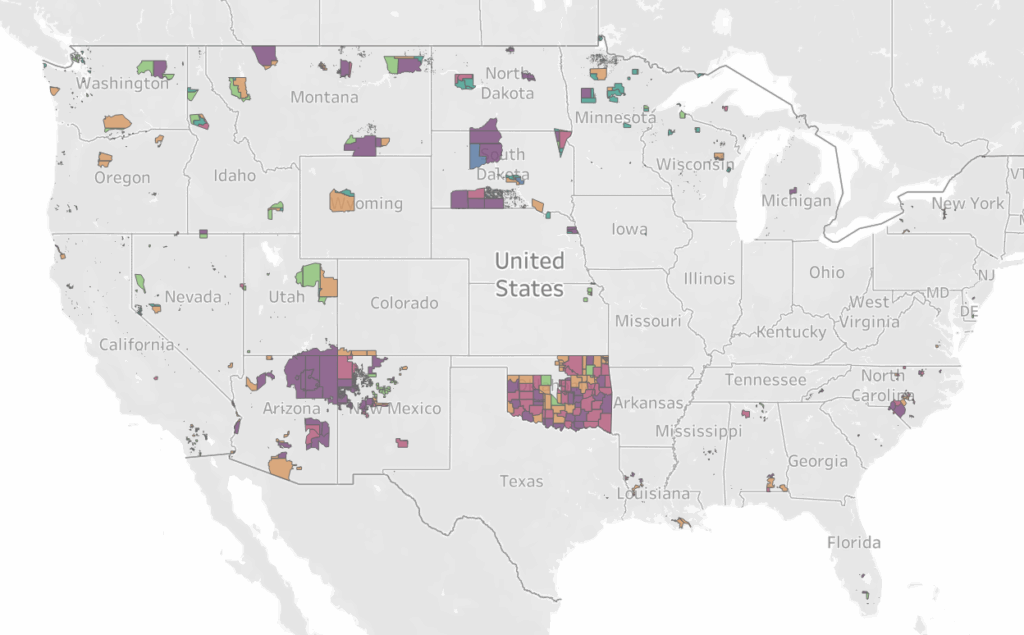
The new Credit Insecurity dashboard by the Native Lands Advocacy Project (NLAP) provides an at-a-glance understanding of tribal access to credit, revealing key discrepancies on Native lands when compared to national figures. About the Data The Native Lands Advocacy Project’s (NLAP’s) new Credit Insecurity on US Native Lands dashboard maps county-level credit insecurity data (as […]
Celebrating Indigenous Peoples’ Day in 2025
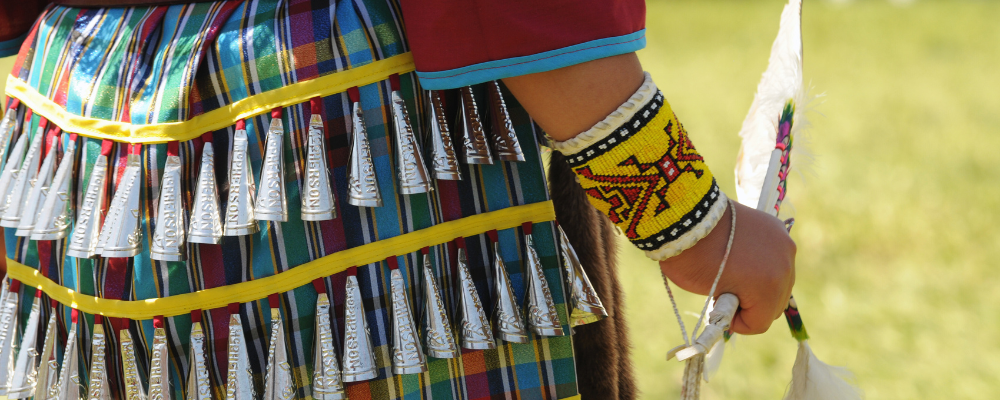
Happy Indigenous Peoples’ Day from all of us at the Native Lands Advocacy Project (NLAP)! To mark this significant holiday, we’d like to take a moment to recognize and honor what it means for Native peoples across the United States. Indigenous Peoples’ Day is dedicated to the original inhabitants of North America. It is a […]
Here’s What We Know About the 2026 Federal Budget for Indian Country

Every year, the United States Congress begins the process of appropriating funds for the following fiscal year. While it’s important that voters are aware of these funding decisions in order to advocate for their areas of concern—and it is especially vital for Tribal Nations and their citizens to assess how the U.S. is meeting its […]
Creating a Historic Loss Assessment, Part 4: Extermination of buffalo and other significant losses
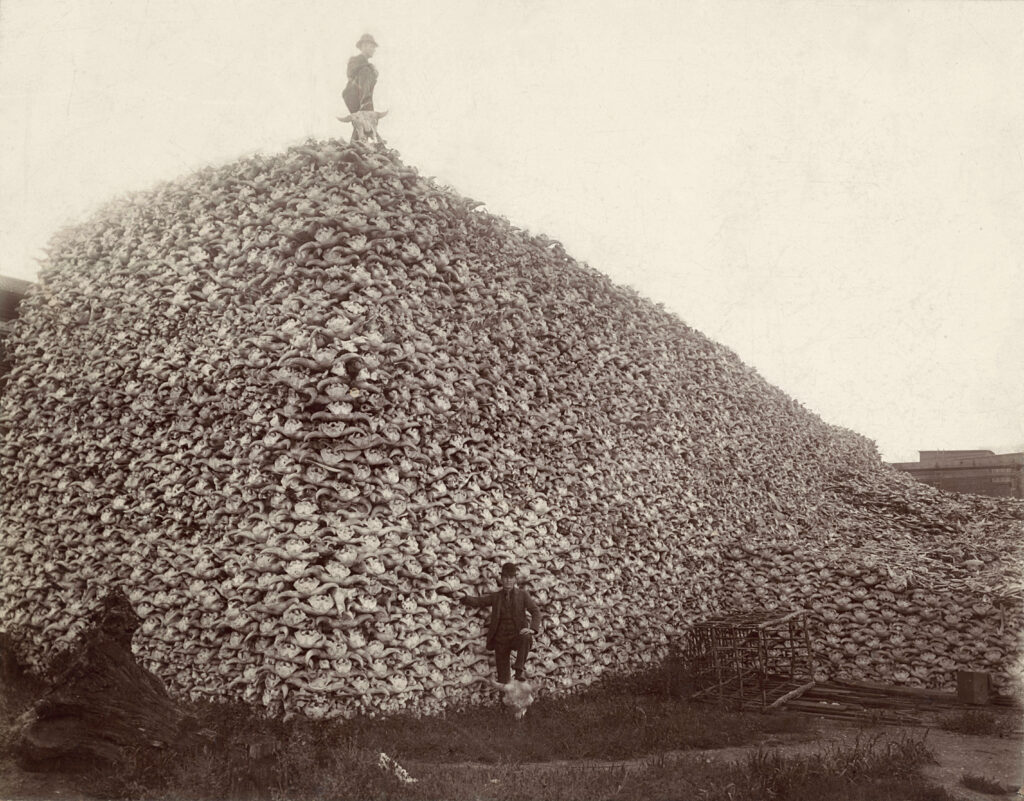
By calculating land dispossession, this report seeks to not only identify what has been taken from Native peoples but also how this theft became the original source of capital that built Colorado and the West.
New Storymap: Visualizing Federal Spending in Indian Country
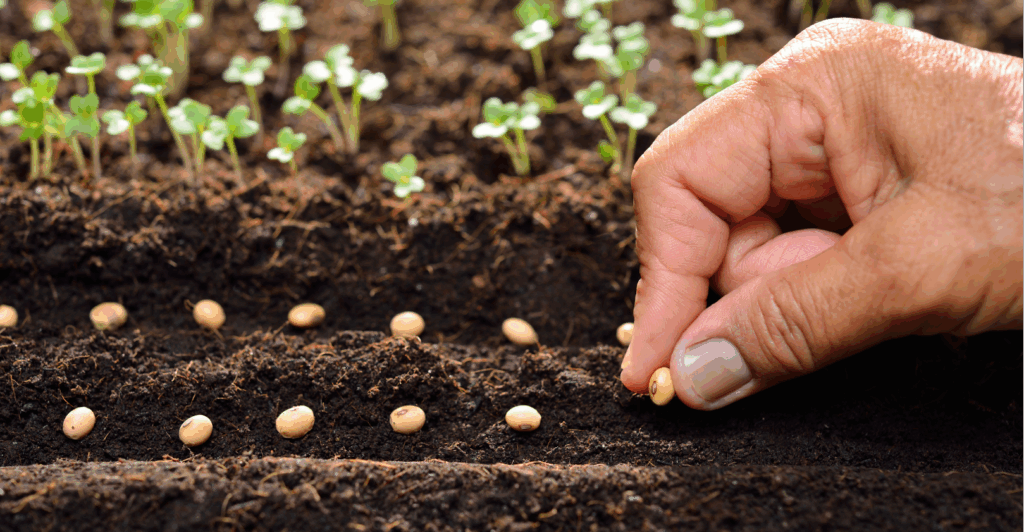
Learn about three new data tools that allow users to access relevant data about federal investments in Indian Country.
The Impact Project Maps the Effects of Federal Changes on Local Communities
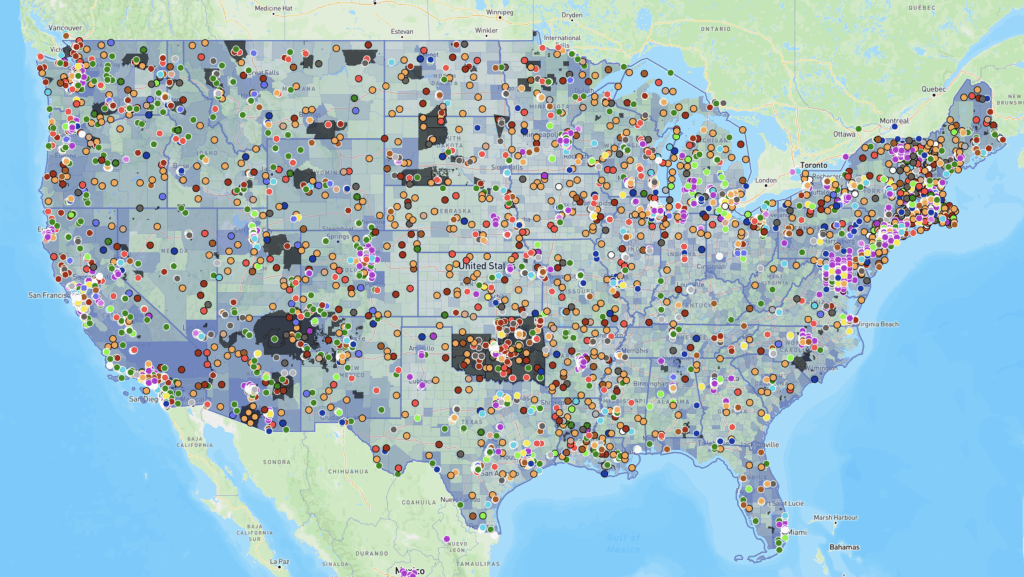
The Impact Project helps equip tribes with relevant information about the real-time effects of federal policy changes on local communities.
NLAP Presents at the 2025 America’s Grasslands Conference
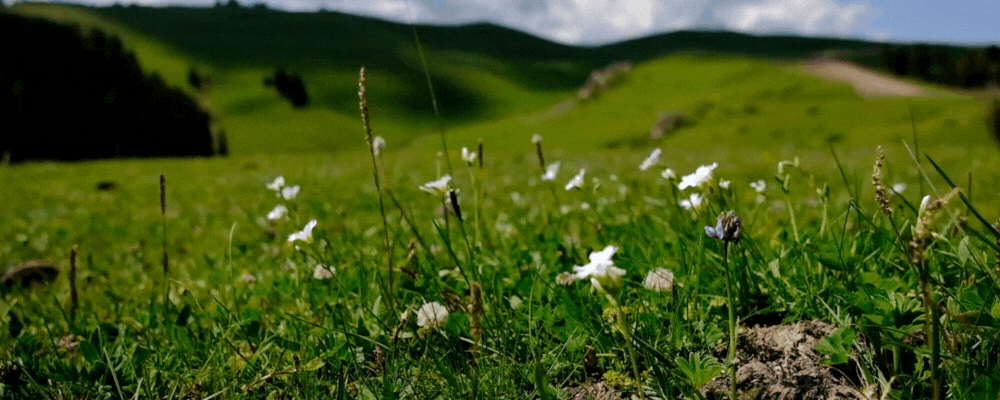
The Native Lands Advocacy Project (NLAP) was invited to present at the 2025 America’s Grasslands Conference, June 24-26 in Kearney, Nebraska. The conference was the 7th biennial convening on the conservation of America’s grasslands and was hosted by the National Wildlife Federation, the Nebraska Grazing Lands Coalition, and the University of Nebraska-Lincoln. This year’s conference […]
Creating a Historic Loss Assessment, Part 3: Illegal settlements and loss of agricultural revenue

By calculating land dispossession, this report seeks to not only identify what has been taken from Native peoples but also how this theft became the original source of capital that built Colorado and the West.
Introducing Our New Storymap: Water is Life: Native Efforts to Restore Water Systems

The Native peoples of North America have been caretakers of their lands and natural resources long before colonial contact, and they are the ones who stand on the front lines when our water systems are being threatened. Our new storymap delves into the cultural significance of water to Native communities and how their unique perspectives […]
